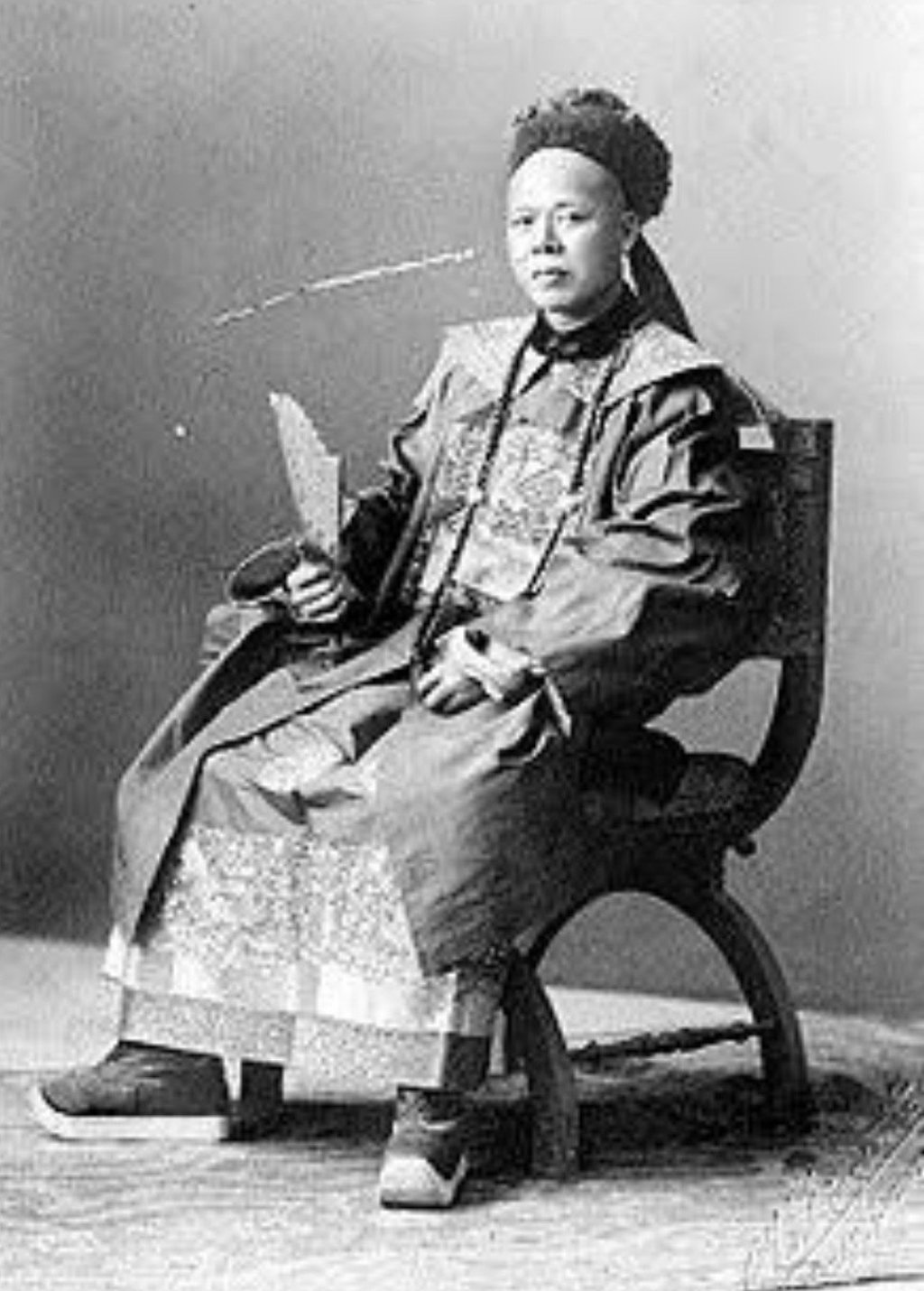Indonesia mansion that’s a monument to Chinese tycoon’s integration and industry
Tjong A Fie helped build the city of Medan, and gave it hospitals, schools and places of worship. He also built himself a mansion. Now badly in need of repair, it has been made a museum by his heirs to funds its restoration

When Tjong Nyie Mie was a little girl, she and her younger brother would play hide and seek in their palatial family mansion on the main drag in Medan – a cosmopolitan entrepot during Indonesia’s Dutch colonial era dubbed the “Paris of Sumatra”.
Nowadays, Tjong Nyie Mie (also known as Mimi Tjong) is the affable hostess of Tjong A Fie Mansion, which was opened to the public as a tourist attraction in 2009 and is named after her grandfather.
“It was my brother who decided to turn the house into a museum,” Mimi Tjong, 69, says. “He wanted people to remember my grandfather’s name. Some other family members were against it, but in the end they realised we should do it for my grandfather. We need to remind people of him.”
“Another reason was to help cover maintenance [costs] of the mansion,” she says with a laugh.

Tjong A Fie (pronounced Cheong Ah Fee) was Medan’s most illustrious ethnic Chinese tycoon, who at the peak of his career in the early 20th century owned 23 plantations, 75 per cent of the city’s real estate, several hotels, two banks and the Swatow Railway in Guangdong province, southern China, and had interests in sugar and palm oil factories.
Born in what is today Meizhou in Guangdong, in 1860, Tjong A Fie moved to Medan in 1877 to join his older brother, Tjong Yong Hian, in seeking out business opportunities in the “wild east” frontier town, which was founded on tobacco plantations and “coolie” labour.